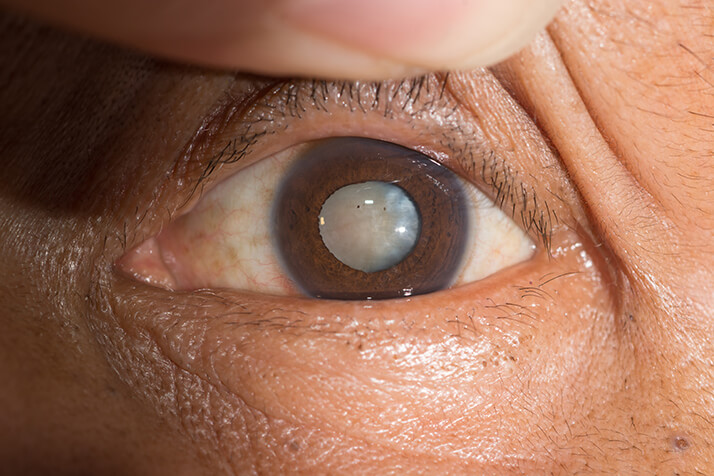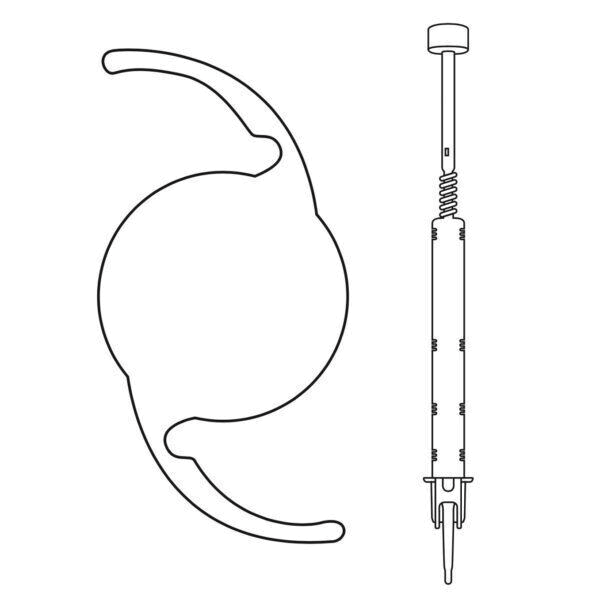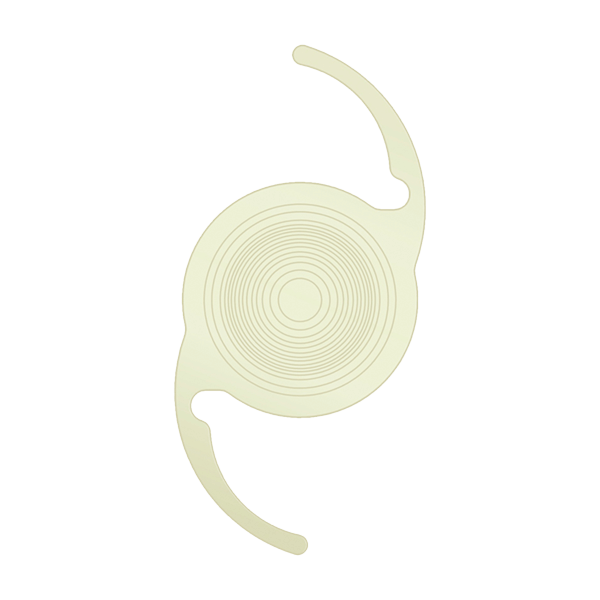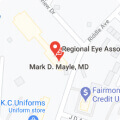
Cataracts can form at any point in your life, but typically will form after 55 years of age. If your doctor has informed you that you are a candidate for cataract surgery, you may want to consider enhancing your procedure by selecting a specialty package. Unlike monofocal lenses, the specialty packages are designed to help patients reach their vision correction goals, over and above what the benefits of standard cataract surgery provide.
One package is designed to help correct a patient’s astigmatism, giving clearer distance vision with less dependence on glasses for distance vision. You may have some residual distance, and will require glasses for near and intermediate vision. The other package helps provide patients with near, intermediate, and distance vision with less dependence on glasses for daily tasks. Before choosing the specialty package that is right for you, it is important to discuss your options with your cataract surgeon.
Insurance companies, including Medicare, generally cover the cost for the cataract surgery using the standard intraocular lens, minus any deductibles of coinsurances you may have. If you choose to proceed with one of the specialty packages, your insurance will still provide up to its allowed payment for the standard procedure, but will not cover the cost of enhancing the surgical outcome with one of the specialty lens packages. Fees are based on the package chosen and cover additional services, devices, physician time, evaluation and any other additional treatments.
Please see below to read about the Specialty Package options you have at Regional Eye Associates. If you have any questions, please feel free to call our Surgical Coordinator at 304-598-3301.
Cataract Surgery With a Monofocal Lens
Cataract Surgery With a Multifocal Lens
Cataract Surgery With a Toric Lens

Understanding Your Natural Lens
The lens of your eye is an important structure. In order to see clearly at all distances (from up close to far away), your eye must be able to change its focus power. The lens of your eye is responsible for this change in focus – it changes its shape to bring whatever you’re looking at into clear focus. Sometime around the age of 40, we begin to lose the ability to see up close. As we age, the lens hardens and cannot change shape anymore. In order to focus at different distances, more than one glasses prescription is required. This is typically built into one pair of glasses with a bifocal.
As we age even more, the lens may become cloudy. A cloudy lens is called a cataract. Cataract is a common problem among aging Americans, and cataract surgery is the most common surgery performed on adults in the United States. In cataract surgery, the cloudy lens is removed. Please take a look at the cataract surgery section for a more detailed explanation of the procedure. In order for you to see clearly afterward, a new lens (called an intraocular lens implant or IOL) must be inserted at the time of surgery, or on very rare occasions, during a future surgery.
Monofocal IOL’s are routinely used to replace the natural lens which is removed during cataract surgery. These lenses have a single focal point and help provide vision correction at either near or far distances, but not both simultaneously. Most insurance companies will help cover the cost of a monofocal lens with cataract surgery.
With the latest technological advances, surgeons are able to provide Specialty Packages to qualifying patients in order to achieve certain goals post operatively.
Types of Premium Lenses
A Specialty Package can be a very exciting option for patients that want to have a new level of spectacle freedom after cataract surgery or with clear lens extraction. Due to the complex nature of each person’s visual system, it is difficult for a patient to make an assessment about the right lens without consulting an eye surgeon. Therefore, we highly suggest a consultation with one of our surgeons at Regional Eye Associates before making any decision on a lens implant. A number of patients will have special considerations that may preclude the use of some of our treatments. For second opinions on lens implants, please feel free to consult with our staff and doctors.
*As with any surgical procedure there are risks along with benefits. It is important to discuss your surgical procedure with your surgeon to fully understand the risks and benefits.

TECNIS Monofocal IOL
The TECNIS monofocal IOL allows you to see far-away objects in crystal clarity after cataract surgery. While you will likely still need reading glasses to focus on closer objects, you can look forward to things like vivid, high-definition sunsets and detailed vistas at the end of a hike when you choose the TECNIS monofocal IOL.



TECNIS Toric II IOL
If you have astigmatism, the TECNIS toric II IOL may be right for you. Astigmatism is when the shape of your eye is more oblong than spherical, causing blurry, unfocused vision.
The TECNIS toric II IOL is specially made to accommodate this irregular shape and improve your vision after cataract surgery.

TECNIS Eyhance Toric II IOL
The TECNIS Eyhance toric II IOL combines the benefits of the TECNIS monofocal IOL and the TECNIS toric II IOL. While addressing astigmatism, this lens also provides high-quality distance vision and better low-light image contrast, which can increase safety in low-visibility situations like driving or walking at night.



TECNIS Odyssey IOL
The TECNIS Odyssey IOL is a multifocal IOL that can correct presbyopia, nearsightedness, and farsightedness. It allows you to enjoy clear vision at all distances and more freedom from glasses and contacts.
Thanks to its advanced diffractive design and chromatic aberration correction technology, cataract surgery patients who choose the TECNIS Odyssey IOL often experience more vivid, natural vision and less halos and glare.

TECNIS Symfony OptiBlue
If you want to enjoy smoother transitions over a broad range of distances and better vision at night or in low-light environments, you may be a good candidate for the TECNIS Symfony OptiBlue IOL. This extended depth of focus (EDOF) lens incorporates a violet-light filter, achromatic technology, and an athlete design that helps to reduce visual aberrations and enhance contrast.
VIVITY®
The Vivity IOL is a unique lens designed to provide clear vision at far and intermediate distances, with a smoother transition between these focal points. This lens uses non-diffractive X-WAVE technology to extend the range of vision, offering a more natural visual experience.
While you may still require glasses for reading small print, the Vivity lens can help you see clearly at most distances, making it an excellent choice for patients who want to reduce their dependence on glasses after cataract surgery.
Light Adjustable Lens (LAL)
The Light Adjustable Lens, or LAL, is a groundbreaking IOL technology that allows your cataract surgeon to customize your vision after cataract surgery. Unlike traditional IOLs, which have a fixed power, the Light Adjustable Lens can be adjusted using UV light treatments to optimize your vision based on your specific needs and preferences.
This customization process takes place after your eye has fully healed from the initial surgery, ensuring that you achieve the best possible visual outcome. If you have specific vision requirements or want the flexibility to fine-tune your vision after cataract surgery, the Light Adjustable Lens may be the perfect solution for you.
For further information about Johnson & Johnson Premium Lenses, please visit their official website.






